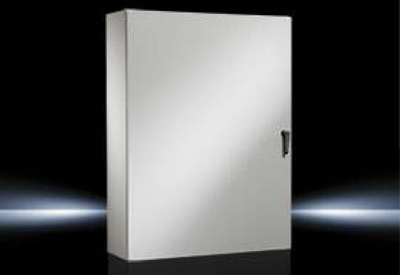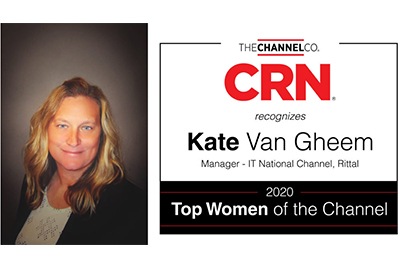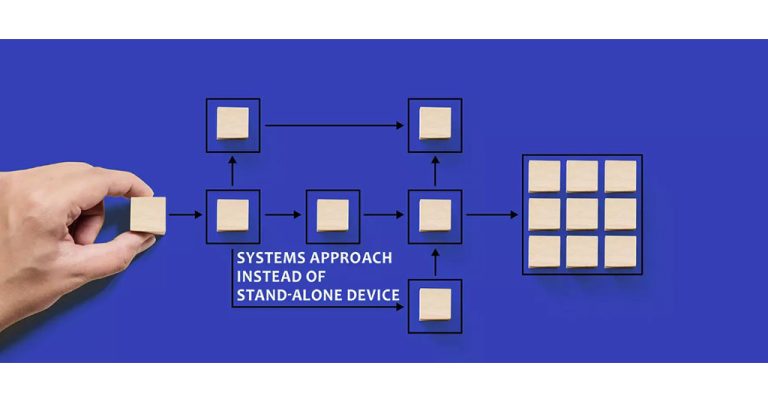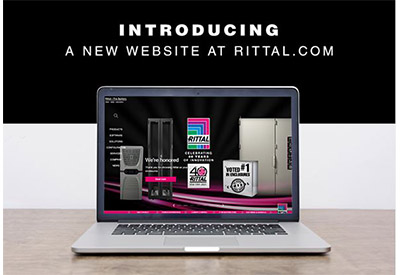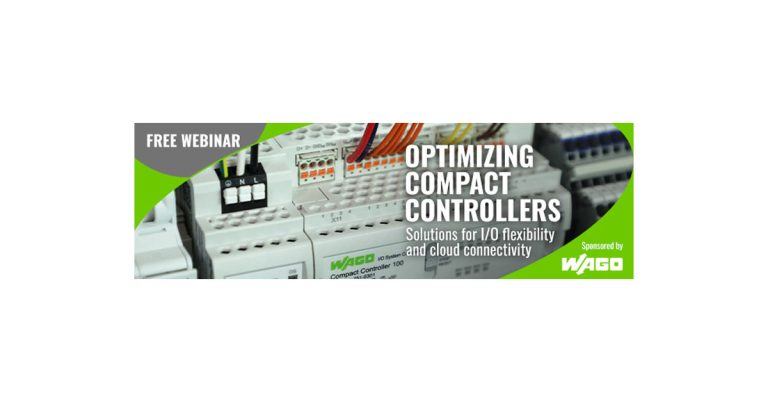How A More Connected Ecosystem Can Help Manufacturers Overcome Their Panel Modification Challenges
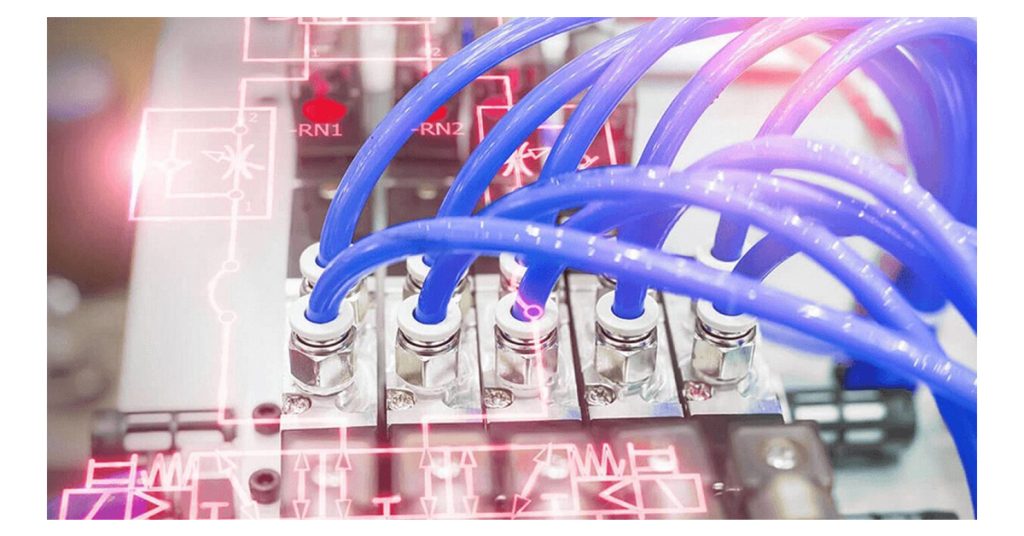
September 19, 2023
One of the challenges panel builders and systems integrators face is the time-intensive nature of their manual panel modification processes. The labor intensive nature of manual modifications already results in extended throughput times, and recent market forces like labor shortages and supply chain disruptions only serve to exacerbate these issues. This is to say nothing of the fact that manual modifications are more likely to result in costly errors, and that these processes lack the precision and sophistication of automated panel modification equipment.
This is part of the reason why manufacturers are moving to a more connected ecosystem in order to unify the parts of their panel modification process — for example, manufacturers like Automation and Control Systems, LLC, who experienced significant increases in panel modification efficiency and productivity by embracing modification machines driven by Industry 4.0 and IIoT.
This article will look at a couple of ways manufacturers can overcome their panel modification challenges via a more connected automation ecosystem that increases productivity, efficiency, and visibility in each phase of the modification process.
A connected ecosystem accelerates modification throughput times
A major disadvantage of manual panel modification is prolonged lead time. This is in part caused by the lack of skilled labor in the current manufacturing landscape, and it’s also due to a lack of process visibility and transparency during modification.
The inability to harness the power of material sourcing data, productivity insights, and real-time schematic changes can result in modification errors and/or production bottlenecks.
Fully automated panel modification equipment eliminates the manual panel modification processes, and integrating automated panel modification machines with a computer-aided engineering (CAE) platform connects each step of the modification journey, from material sourcing to schematics to the finished panel.
Rittal Automation Systems (RAS) offers automated panel modification machines that can execute complex, precise drilling, tapping, and milling on a wide range of panel construction material — carbon steel, stainless steel, and aluminum — for applications in a variety of industries.
For example, Rittal’s Perforex MT milling terminal provides reliable machining of mounting plates, doors, roof plates, side panels, gland plates, or unibody enclosures. Ideal for modifying Rittal’s most popular carbon and stainless steel enclosures, the Perforex MT leverages an intuitive user interface where drawings can be viewed and updated in real-time for maximum flexibility and scalability.
Additionally, the Perforex LC laser cutter uses 5-Axis laser cutting technology for precision, speed, and optimized machining of up to five surfaces simultaneously. The LC completes highly customizable machining that can run up to 20x faster than conventional milling processes with easy loading for increased ergonomics.
While RAS solutions like the Perforex MT can be brought online with Rittal’s standard software, integrating automated panel modification equipment like the Perforex with Eplan’s powerful CAE software digitalizes the end-to-end panel modification process via 3D panel modeling, data sharing and digital twins. This helps increase the flexibility of your modification workflows, and it helps you better understand your current production capacity to scale your operations based on need.
An automated panel modification process that eliminates manual intervention not only creates a connected ecosystem with greater workflow flexibility and versatility, but it also helps you increase throughput times while enhancing the quality and precision of your panel modifications.
With a more connected ecosystem, manufacturers can streamline panel wiring and processing
Panel wiring and processing is perhaps one of the more complex aspects of the modification sequence, and manual wire processing is without doubt one of the most time-consuming aspects of modifying industrial panels. This is due in large part to the sheer volume of wire processing tasks necessary for panel and enclosure construction and modification.
A connected ecosystem automates panel wiring and digitalizes the design and planning stages to help manufacturers streamline their panel processing tasks — and process more panels faster to help meet customer demand.
Rittals RAS wire processing machines can help you increase the speed, precision, and complexity of your pre-production work, including tasks like wire cutting, crimping, and stripping. Additionally, their Wire Terminal WT solution can produce up to 36 different wires with cross-sections ranging from 0.5 mm² to 6 mm² without any manual intervention.
What’s more, the fully automated Wire Terminal WT C enables wires to be processed from bulk with individual wire printing and then readied for assembly. The WT C offers flexible configuration, a quick change system for wires, process reliability, three wire output methods, and a digitally supported process. Additionally, the WT C is adaptable and offers an expandable modular system structure to meet future requirements.
But while automating your panel and wire processing tasks is a good first step toward a more connected ecosystem, integrating panel design and wiring software is the finish line in creating a more visible, transparent, and data-driven panel wiring process.
For example, Eplan’s Smart Wiring platform provides 3D modeling, interactive schematics, and real-time engineering data to increase the efficiency, productivity, and precision of your panel wiring processes. Plus, the data generated in Eplan’s Smart Wiring platform is easily shareable to help panel builders or systems integrators reduce costly errors and optimize their production schedules.
In fact, the Rittal and Eplan partnership helped increase process visibility and collaboration for Panelmatic, a custom control panel and integration provider with six panel processing facilities across the United States. Panelmatic works with companies in a variety of industries, including food & beverage, oil & gas, data center, and renewable energy. A more connected automation ecosystem helped Panelmatic boost productivity and efficiency regardless of the application.
Making the move to a more connected ecosystem can not only help manufacturers overcome their panel modification challenges, but it can also help unlock new opportunities for growth. Rittal’s approach to a more connected ecosystem is built upon Industry 4.0 and IIoT principles to help you simplify processes in order to get the job done.
In addition, Rittal’s state-of-the-art panel modification machines are in-stock and ready to deliver now to help you qualify for end-of-year tax incentives like Section 179 — this federal tax incentive allows manufacturers to deduct the full purchase price of qualifying equipment and/or software purchased or financed during the tax year.


